Category: cold war French ships
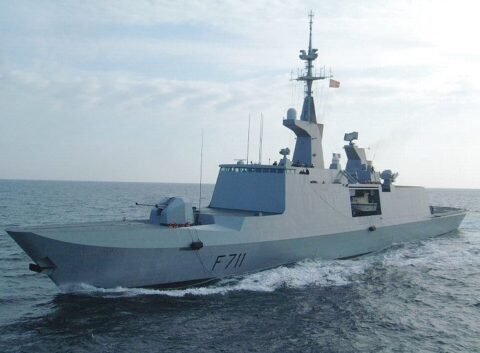
Lafayette class Frigate (1992)
French Navy: 5 Frigates (F710-714), active: La Fayette, Surcouf, Courbet, Aconit, Guépratte. Bastille Day ! The Lafayette class were the…
Rubis class SSN (1979)
Nuclear Attack Submarines (S-601 to S-608). Service: 2019-2024 and present. Rubis, Saphir, Casabianca, Émeraude, Améthyste, Perle, Turquoise*, Diamant* (*cancelled) The…
Agosta class submarine (1977)
Conventional Attack Submarines (S-620 to S-323). Agosta, Bézévier, La Praya, Ouessant. Service: 1978-2009. Next in the cold war French submarine…
Le Redoutable class SSBN
Nuclear Ballistic Attack Submarines (S641-651). Service 1964-1996: Le Redoutable, Le Terrible, Le Foudroyant, L’indomptable, Le Tonnant, L’inflexible S-611 to S-615…
Gymnote (1964)
Conventional Ballistic Submarine (Built 1963-66). Service 1966-1986. Gymnote (S655) was an experimental submarine of the French Navy, a conventional model…
Cassard class Frigates (1985)
Guided missile Frigates 1976-2022: D 614 FS Cassard, D 615 Jean Bart, Courbet* D 616, D 617 (cancelled) The Cassard…
Daphné class submarines (1959)
Conventional Attack Submarines (S641-651). Service 1964-1996: Daphné, Diane, Doris, Eurydice, Flore, Galatée, Minerve, Junon, Vénus, Psyché, Sirène +15 exported. We…
Arethuse class submarines (1956)
Conventional Attack Submarines (S635, 636, 639, 640). Service 1957-1987: Aréthuse, Argonaute, Amazone, Ariane We continue our dive in cold war…
Narval class submarines (1956)
Conventional Attack Submarines (S631 – S638). Service 1957-1987: Narval, Marsouin, Dauphin, Requin, Espadon, Morse. For this new cycle about French…
Jeanne d’Arc (1961)
Helicopter Carrier (R97), ex-La Résolue. Service 1964-2010 14 of July/Bastille Day update: “Jeanne d’Arc” (Joan of Arc) was a helicopter…

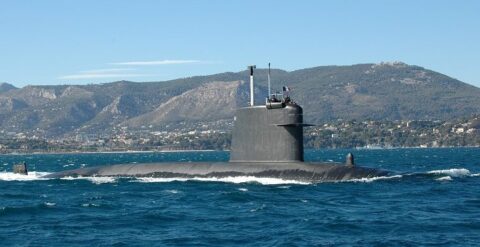
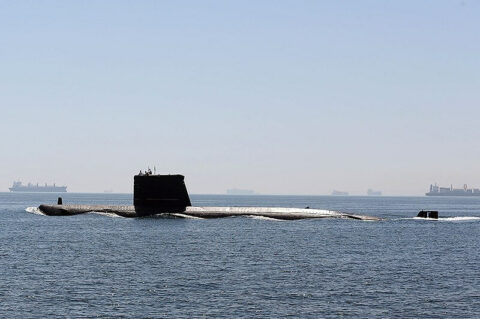
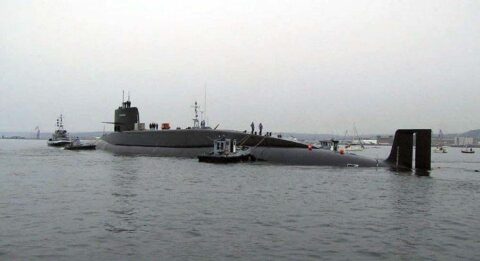
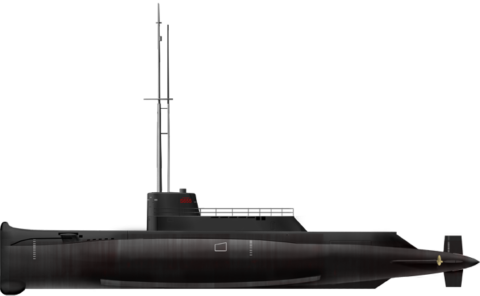
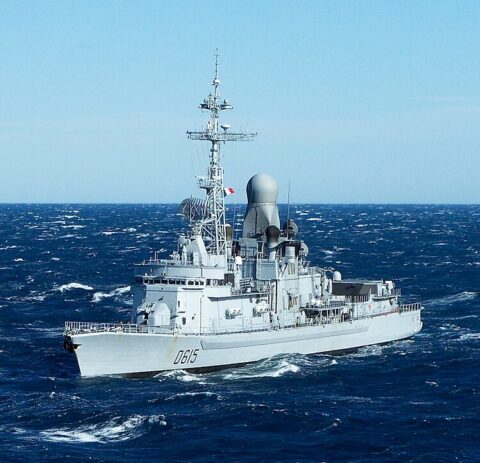
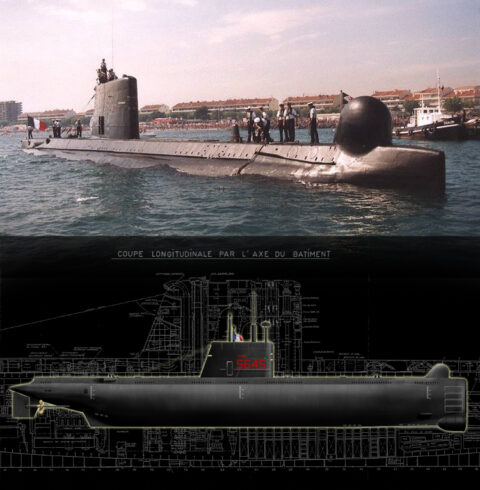
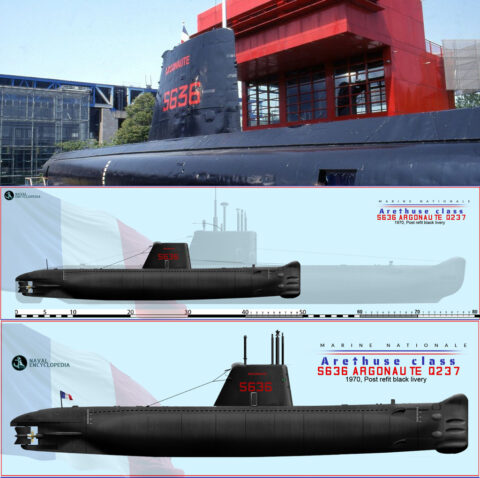
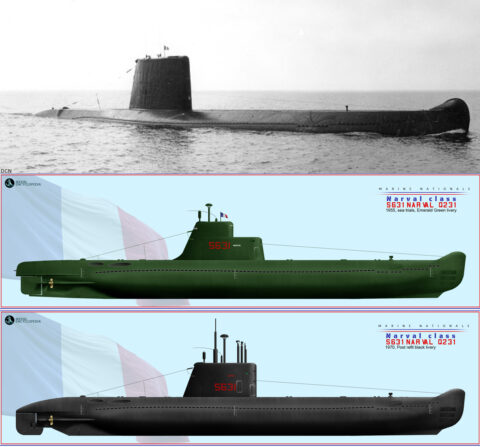
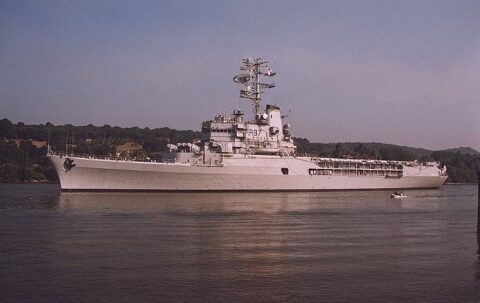
 dbodesign
dbodesign